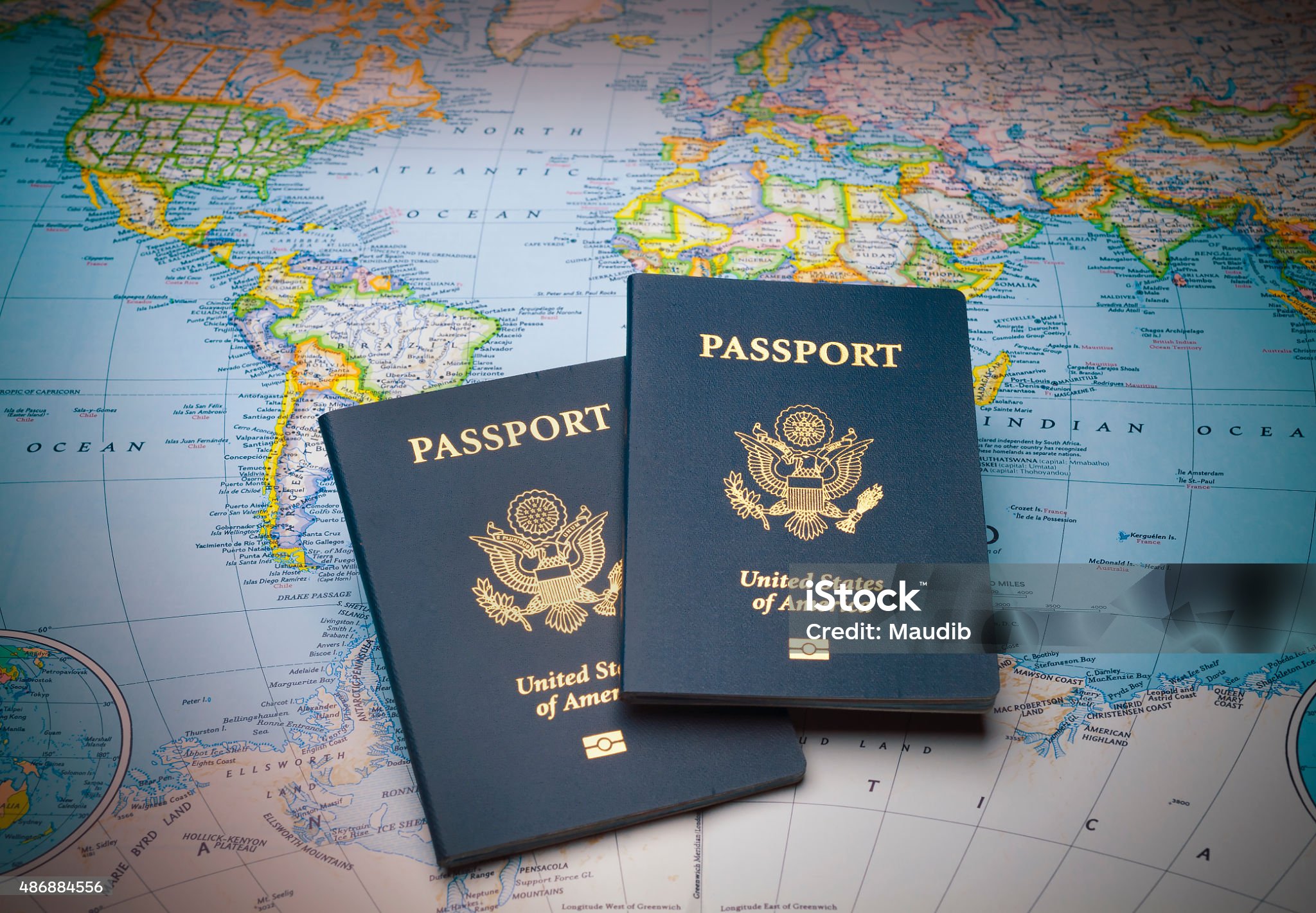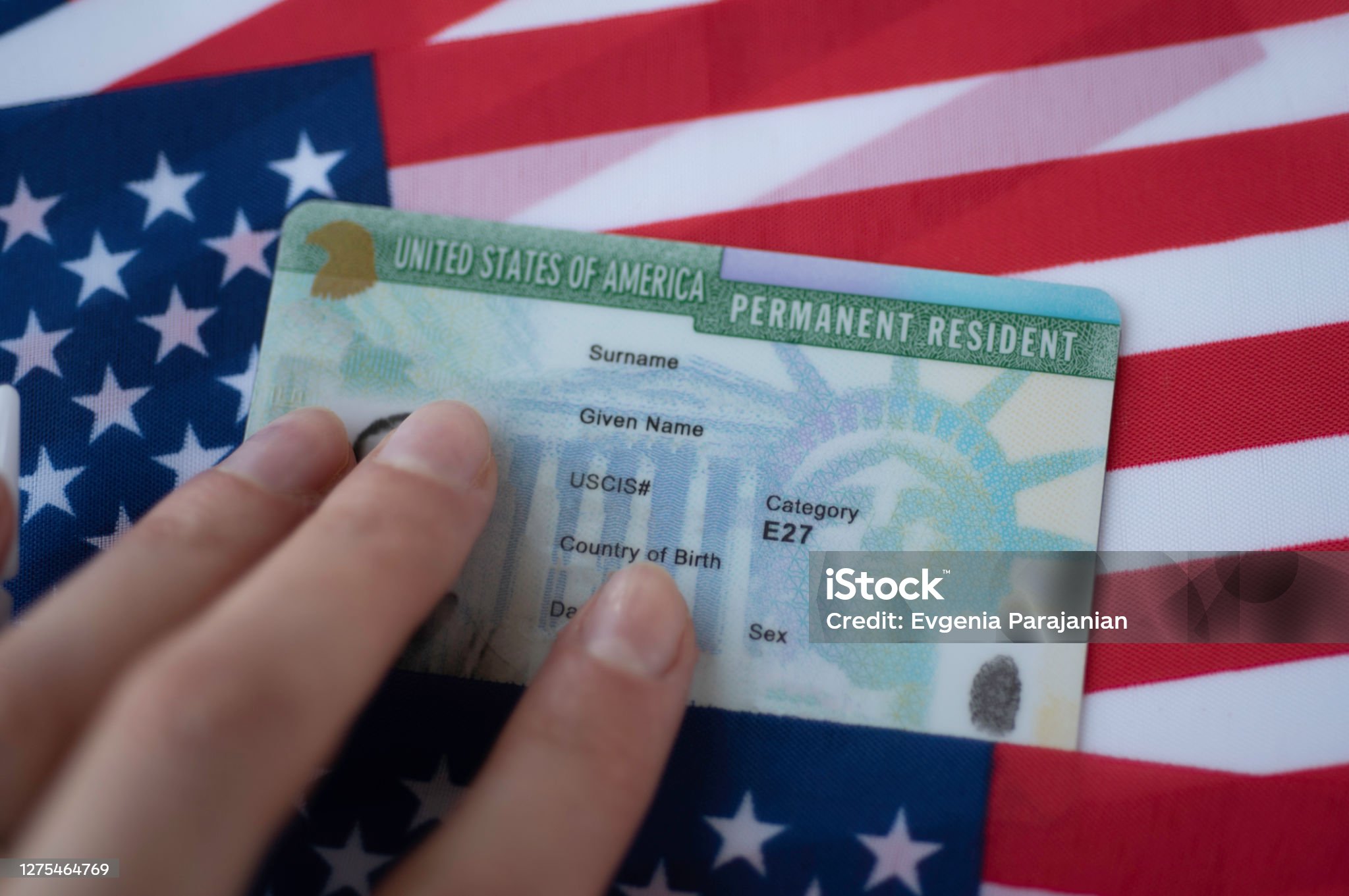Understanding the Importance of Identification Documents in Global Context plus Legal Frameworks , plus Advances in Technology
Understanding the Importance of Identification Documents in Global Context plus Legal Frameworks , plus Advances in Technology
Blog Article

1. Introduction to Identification Documents
Personal identification documents are crucial for both individuals and society. Serving as "permissions" and "access tools," these documents ensure smooth societal operations. There are different kinds of identification documents, each serving a specific purpose. For example, a copyright serves as proof that a person can legally drive, and a copyright proves citizenship and allows entry into the country. Such documents serve a vital personal function and are essential when handling contracts, such as for employment, services, insurance, or rentals. Often, financial institutions may need to verify these documents when dealing with borrowers who seem unreliable or possess weak credit backgrounds. Such identification serves dual purposes: proof of identity and legal authorization for various activities.
Identification documents have not always been an essential part of daily life, as they are today. The importance of these documents has grown alongside changes in security measures and legal requirements. Technological advancements enable organizations to develop advanced secure systems that outpace public ID technology. Numerous nations are adopting biometric technology to standardize identification cards. A few countries have implemented electronic exit strategies.
A person's identification documents are "proof" that signifies the legal status of an individual. Globally recognized identification forms, such as passports, copyright, copyright, and driver's licenses, are accepted worldwide as proof of identity at both local and international scales. People often keep these important identification papers safely secured so that they can retrieve them easily when necessary.
In this discussion, we highlight the importance and authenticity of various documents, including IDP, Real ID, copyright, copyright, copyright, and resident permits, aiming to educate on their relevance. Educational staff and the general public should know about them, and this information might be useful in preventing loss or regaining these documents. The content here is directed at both domestic and international audiences, aiming to ensure they possess the vital documents necessary for their knowledge and ideals.
2. Legal Framework and Regulations Governing Identification Documents
The governance of identification documents is subject to varying laws and regulations across different jurisdictions. These documents are given to individuals by issuing authorities following rules to ensure accuracy and authenticity. These documents can be mandatory for certain situations while serving as optional verification in others. It is the responsibility of the individual to follow the rules of the jurisdiction that governs the use of the document. In summary, it is important for individuals to be aware of the specific legal guidelines relevant to them in any jurisdiction where they plan to engage in transactions or utilize these documents. Primarily, local and state government bodies regulate, issue, and control the use of certain identification documents for particular transactions.
However, jurisdictional identification requirements can sometimes create conflicts for those traveling or doing business internationally. Thus, it is a widespread issue when travelers feel disconnected and confused when traveling internationally and encountering different identification document regulations. It would be impossible to detail every country’s specific identification rules here, but it is important to know, today and in the future, with nearly 200 countries bordering this globe and some 7 billion inhabitants who are traveling, trading, and doing business with each other. Failure to follow these rules may result in legal conflicts in foreign countries, where international reciprocity must then be considered. Failure to comply could cause legal implications, both civil and criminal, by infringing on laws about identity, privacy, commerce, trade, and human rights.
The balancing of public policies with protected rights can be complicated when establishing security standards for identification in travel. In some cases, human rights can come into conflict with public security measures regarding the most secure identification rules needed to combat terrorism. In recent years, the introduction of digital mobile driver’s licenses has pushed countries to clarify or draft laws governing their usage, as technology in this area continues to advance. Digital identification documents for travel have been held up as the next path for moving the world travel community. Despite the shift towards mobile driver’s licenses, there will still be a requirement for passports for a significant period of time. 
The standard and evolution of mobile driver licenses and copyright digital ID are also undergoing rapid change. For example, nearly two years after California's law on mobile copyright requirements, stakeholders are set to finalize regulations for the first official state mobile driver’s license.
3. Comparative Study of International Driver’s License, Real ID, copyright, copyright, copyright, and Resident Permit
The International Driver’s License acts as an identification document for those driving abroad Neither the United Nations nor the International Non-Governmental Organization designed the International Driver’s License for the purpose of traveling between states.
The Real ID is intended to be a widely accepted identification for domestic travel, along with state-issued driver’s licenses and IDs that meet federal standards. In addition to domestic travel, the Real ID can be used to enter federal sites and nuclear plants. However, the Real ID is not meant to replace a travel document, copyright, visa, or residency permit. Though some people may use it abroad as an identification and date of birth document, the Real ID is primarily intended for domestic use.
More specifically, passports are in the United States a form of original rather than derived identification. A copyright is largely an instrument of foreign policy; it was created to safeguard citizens from arrest and assist them in traveling for diplomatic or non-obligatory negotiations. This is the copyright’s formal and administrative role. The copyright also has, naturally, additional bureaucratic and personal uses. To travel internationally, or even regionally in some cases, travelers must not only possess a copyright but also adhere to various other regulations.
The copyright is an official document provided at birth, which is necessary to obtain passports and other types of identification. In comparison, a copyright and a copyright would seem to serve the same general purpose. However, a copyright offers continued benefits. Additionally, while a copyright is used to acquire a copyright, it does not result in a “second copyright”. It is irrelevant to the second copyright unless the traveler intends to pursue an unlawful second nationality.
4. Security Features and Anti-Fraud Measures in Identification Documents
Various security features are implemented to prevent forgery, tampering, and fraudulent activities. Many identification documents integrate security elements like holographic images, multi-layer visuals, and laser engravings to prevent fraud. Other cards may feature RFID chips that store digital images and biometric data.
A number of these security components remain covert or semi-covert, including elements like special inks, watermarks, or microscopic text. Such security features are designed to make identification documents highly resistant to counterfeiting. 
Typically, the security level of an identification document is proportional to the level of trust it is expected to carry. For instance, a copyright may have less stringent security measures compared to a copyright, as it is mainly used within a country.
Advances in technology have led to the development of sophisticated ID document security features. Actively promoting and adopting new security technologies is crucial to staying ahead of those attempting to copyright or commit fraud with ID documents.
Additionally, constantly assessing existing and new security features and issuance techniques is critical. This evaluation helps ensure that identification security keeps up with emerging threats and advancements that might compromise the document's integrity.
Furthermore, an effective anti-fraud document security program needs to employ both proactive and reactive strategies. Proactive strategies involve measures such as training, public outreach, public service announcements, security conferences, and workshops.
5. Summary and Future Developments in Identification Document Technology
This document provides a global overview of various types of identification documents across different countries. Identification documents must be examined from a technical angle, including security features and verification, as well as from a legal viewpoint concerning their legitimacy in courts.
My research highlights varying perspectives on what constitutes a strong identification document and how its value as a verification tool changes depending on where it’s utilized. It would also be interesting to examine through ethnographic methods how the definition of a “good” identification document varies by country. Comparison studies shed light on how identification document legitimacy can differ, even among countries with similar systems.
Future trends in identification documents are being transformed by new digital and technological advances. Technology is constantly enhancing the capabilities and security of standard identification documents like eIDs in response to mobile technology adoption. Key developments in this technological shift involve biometrics and blockchain technology as part of secure identification systems.
The use of biometrics, particularly with “liveness” detection, will gather biometric information during personal verification, improving identity trustworthiness and mitigating the risk of digital identity fraud. It will go beyond our basic human rights recognized by international law and several constitutions. Access to this biometric data must be carefully protected and based on the person’s consent.
Digital identity systems may cause exclusion concerns, particularly for those who lack easy access to them. Not everyone is able to easily obtain a digital identity. Some already speak of an “identity gap” caused and reinforced by new technologies that, with different ways of use, can generate structurally unequal levels of identity verification to access certain spheres of human society.
Digital identity systems should be more systematically compared with physical identification documents. Besides verifying identities, digital identity systems also play a role in evaluating risk for a range of transactions. Further research is needed to explore how offline verification rights translate into the digital identity space.